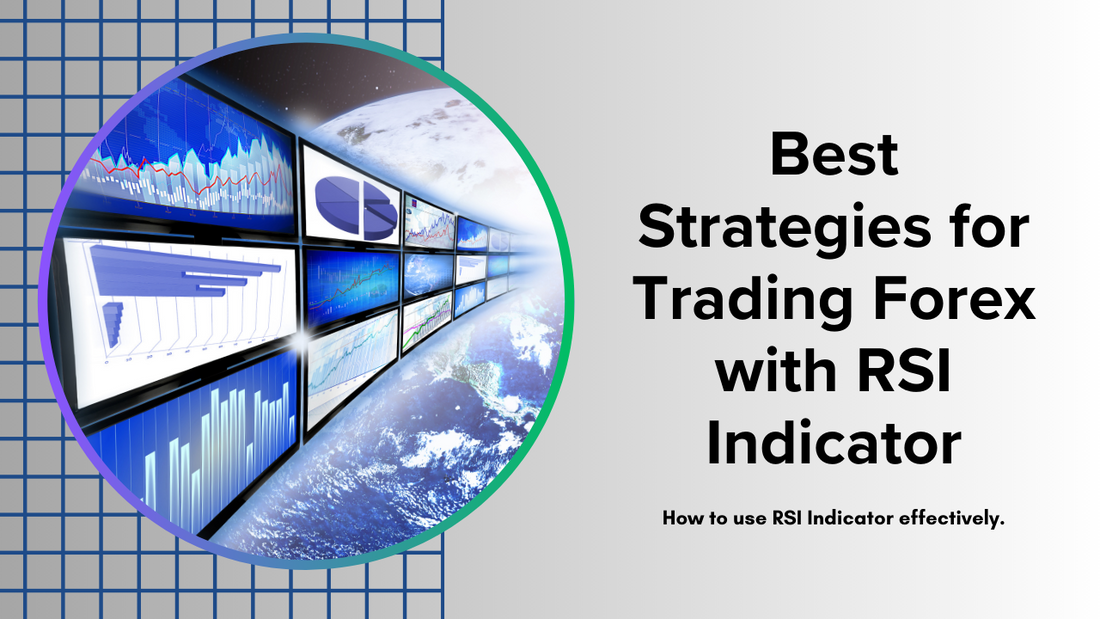
Best Strategies for Trading Forex with RSI Indicator
Share
When it comes to trading forex, having the right tools and strategies can make all the difference. One popular tool that traders often rely on is the Relative Strength Index (RSI) indicator. The RSI indicator is a momentum oscillator that measures the speed and change of price movements. It can help traders identify overbought and oversold conditions in the market, as well as potential trend reversals.
What is the RSI Indicator?
The RSI indicator is a technical analysis tool that was developed by J. Welles Wilder Jr. It is used to measure the strength and speed of a price movement. The RSI is plotted on a scale from 0 to 100 and is typically displayed as a line graph. Traders use the RSI to identify overbought and oversold conditions in the market. When the RSI is above 70, it is considered overbought, and when it is below 30, it is considered oversold.
Using the RSI Indicator to Trade Forex
Now that you understand what the RSI indicator is, let's explore some of the best strategies for trading forex with this powerful tool:
1. RSI Divergence
RSI divergence occurs when the price of a currency pair moves in the opposite direction of the RSI indicator. This can be a strong signal of a potential trend reversal. For example, if the price of a currency pair is making higher highs, but the RSI is making lower highs, it could indicate that the uptrend is losing momentum and a reversal may be imminent.
2. RSI Overbought/Oversold
As mentioned earlier, the RSI can help traders identify overbought and oversold conditions in the market. When the RSI is above 70, it suggests that the currency pair may be overbought and due for a pullback. Conversely, when the RSI is below 30, it suggests that the currency pair may be oversold and due for a bounce.
3. RSI Trendline Break
Another strategy for trading forex with the RSI indicator is to look for trendline breaks. Traders can draw trendlines on the RSI indicator itself and look for breaks of these trendlines. A break above a downward trendline could signal a potential bullish reversal, while a break below an upward trendline could signal a potential bearish reversal.
4. RSI and Support/Resistance Levels
Support and resistance levels are key areas on a price chart where the price tends to stall or reverse. When the RSI indicator reaches extreme levels (above 70 or below 30) near a support or resistance level, it can provide a strong confirmation of a potential reversal. Traders can use this information to enter or exit trades.
Conclusion
The RSI indicator is a powerful tool that can help traders make more informed trading decisions in the forex market. By using strategies such as RSI divergence, overbought/oversold conditions, trendline breaks, and support/resistance levels, traders can increase their chances of success. However, it is important to remember that no indicator or strategy is foolproof. Traders should always use proper risk management techniques and combine the RSI indicator with other tools and analysis methods for the best results.



